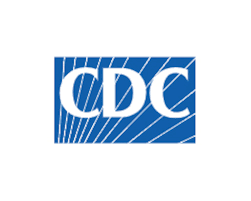The Arizona Public Health Association is your independent voice for evidence-based public health policy. We couldn’t do that work without your support via Individual, Organizational, and Sustaining memberships, conference sponsorships, and donations.
If you’re not yet a member of the Arizona Public Health Association, we’d love to add you to our collective voice! Our Individual Memberships are just $75/year. You can join here!
You can also include AzPHA in your annual charity giving. We are a 501(c)(3) nonprofit corporation supported via our memberships, conferences, grants, and tax-deductible contributions from people like you!
Remember: Your donations to AzPHA qualify as a tax deduction. A temporary IRS provision allows single filers to deduct up to $300 (joint filers up to $600) in annual donations even if you take the standard deduction & don’t itemize. For 2021 tax returns, donations must be made by December 31, 2021.
Please consider donating to AzPHA as you think about your end of the year charitable contributions!





